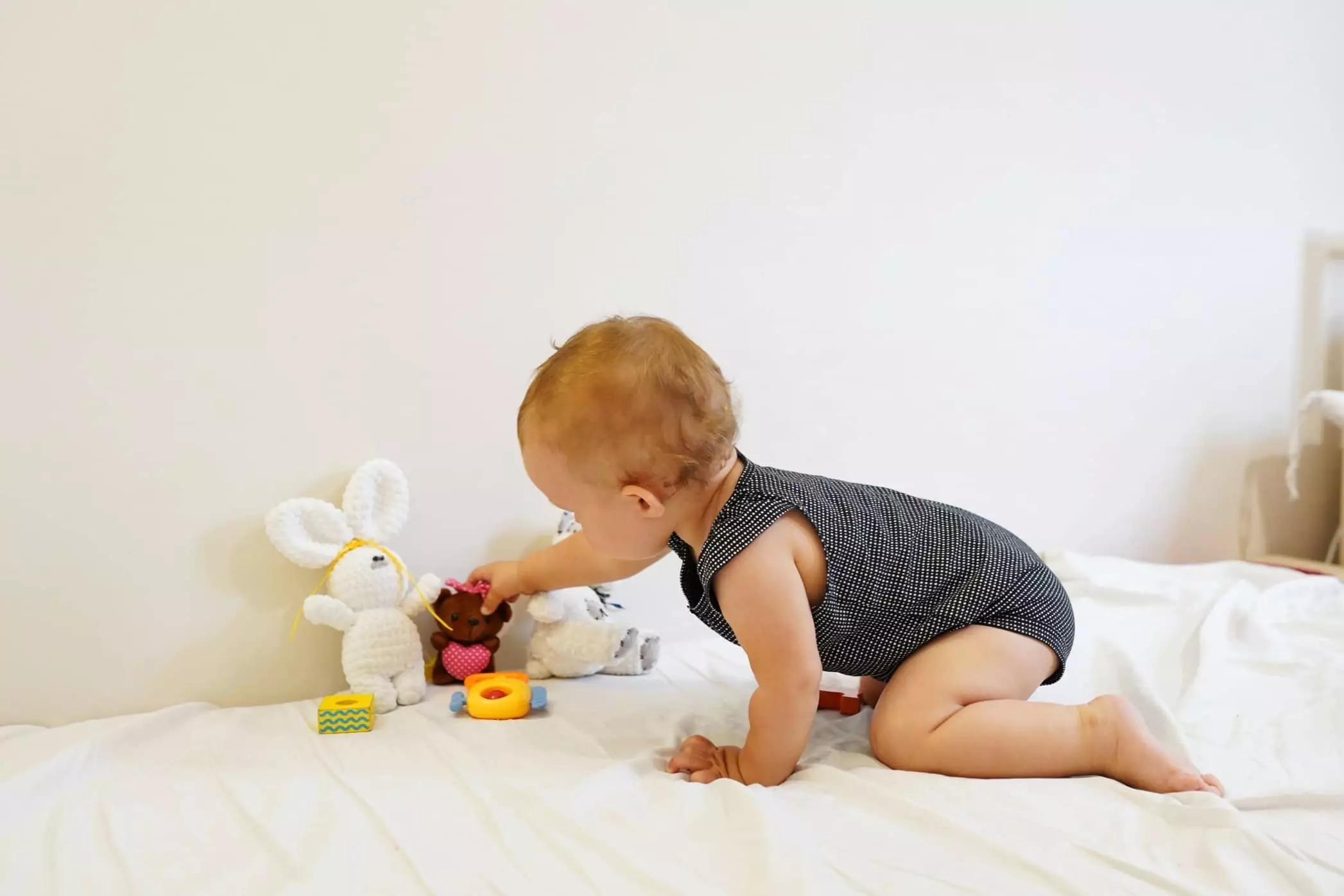In the whirlwind of care that comes with having a baby, parents often find themselves searching for activities that not only entertain but also foster developmental growth. It’s an illuminating journey when you realize that engaging a baby doesn’t need to involve elaborate toys or costly purchases. Instead, the essence of early childhood development can thrive through creative activities that make use of simple household items. The power lies in providing meaningful interactions that cater to the cognitive, social, and physical growth of your little one.
The Beauty of Books
Reading to infants is one of the most impactful activities you can engage in, regardless of the child’s age. The ideal early books feature bright, realistic images paired with minimal text, creating an environment ripe for imagination. The treasure of literature can build a solid foundation, where your child gradually progresses from simple conceptual books to more complex narratives, helping to develop an understanding of language and structure. Making reading a daily ritual comforts your baby, offering warmth associated with parental time; this creates a safe space where language comprehension blooms. The connection forged during these moments can encourage a lifelong appreciation for reading, serving as a gateway to a world of knowledge.
Unlocking Sensory Discovery
Babies learn extensively through their senses, and sensory play is a fantastic channel for this exploration. One creative idea is to fill a Ziploc bag with textures—think of combinations like paint, vibrant food dyes, or even safe edible items like Cheerios. Stick the bag securely to the floor and let your baby’s curiosity guide them as they explore the vibrant colors and diverse textures. The delightful squishing of materials offers a fascinating tactile experience, not to mention the cognitive connections they’ll start making as they engage their senses. Sensory play can be extended to water activities; a shallow dish filled with water can provide hours of splashing joy, reinforcing motor skills while ensuring a fun and stimulating atmosphere.
Developing Rhythm and Routine
Music, too, is a vital part of early development, tapping into language, rhythm, and movement simultaneously. A simple chant like “Clap and clap and clap and STOP!” is more than just a playful song; it lays the groundwork for rhythm recognition and auditory response. As your little one participates by clapping and mimicking, they will begin to understand sequences and enhance their motor skills. This playful interaction not only promotes a joyful rapport between caregiver and child but also sets a stage for more complex learning patterns as they transition into toddlerhood.
Encouraging Movement and Exploration
Movement is a critical component for infants, helping them discover their body and build their physical strength. Once your baby begins developing the ability to sit up or crawl, consider using painter’s tape to place toys just out of reach on the wall. This simple tactic fosters reach and grab skills, enhancing their balance and core strength. Such activities promote not only fine and gross motor skills but also social and emotional learning—children respond energetically when they notice their capability to access desired objects.
The Art of Cruising
As your baby progresses into the cruising stage—transitioning from sitting to standing—setting up a propped path of toys along a sofa can encourage movement and exploration. Providing a pathway allows them to practice coordination while enhancing strength in their legs and core. Each time they lean in to grab a toy, they are also learning about their environment, offering recognition of familiar items and faces, a skill vital for emotional development.
Treasure Hunts for Tiny Hands
Creating treasure baskets filled with safe, accessible containers can be a source of endless joy and discovery for your baby. Plastic jars, boxes, or lightweight containers encourage your child to learn about manipulation, enriching their understanding of cause and effect—what happens when they open a lid? This simple activity cultivates not just motor manipulation but also cognitive development and fine motor skills. Offering variations with twist-off tops or other gradually complex containers as your baby grows keeps this engaging activity relevant, expanding their abilities and cognitive challenges.
Incorporating these insightful and engaging activities into your daily routine can transform playtime into a powerful tool for learning and development. The charm lies in the simplicity, showcasing that the most rewarding experiences can stem from the ordinary, available right in our own homes. Embrace the gifts of exploration, connection, and play, for they pave the pathway to a blossoming childhood.

